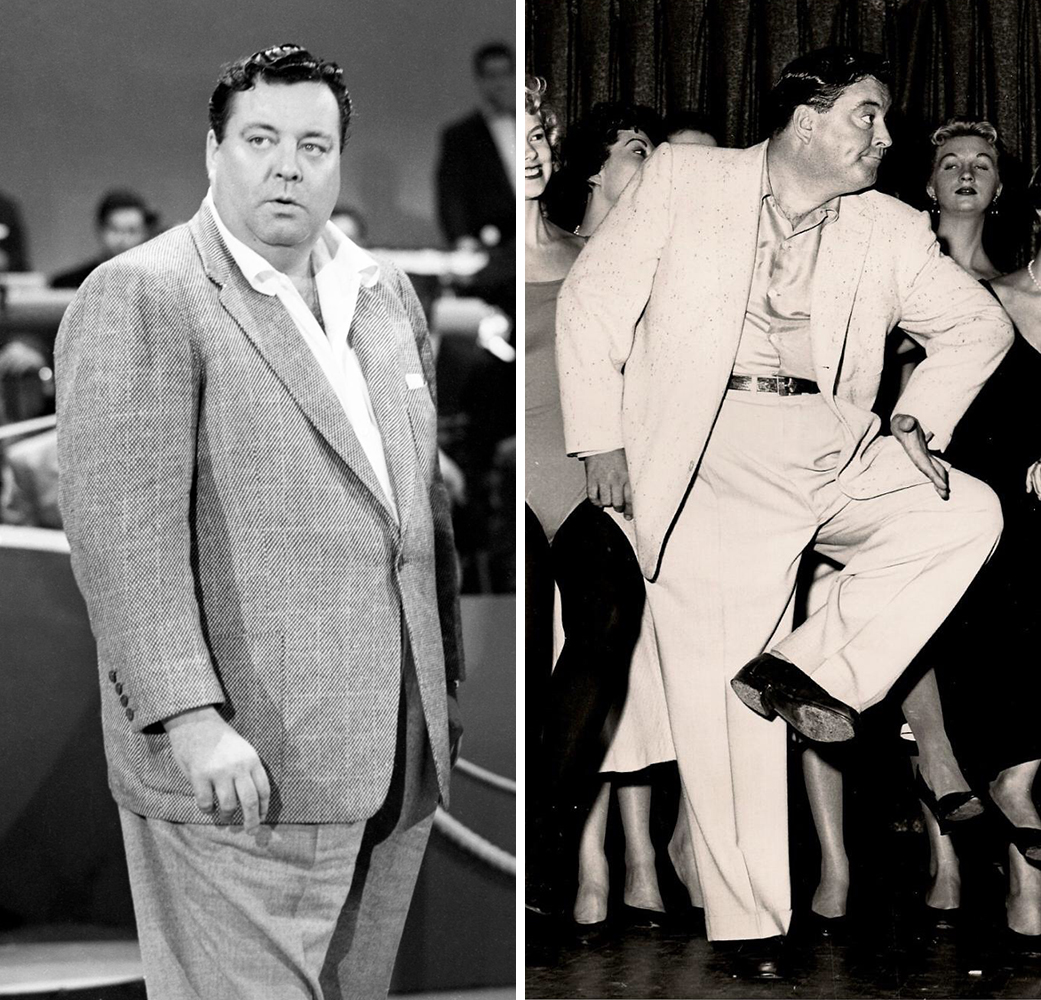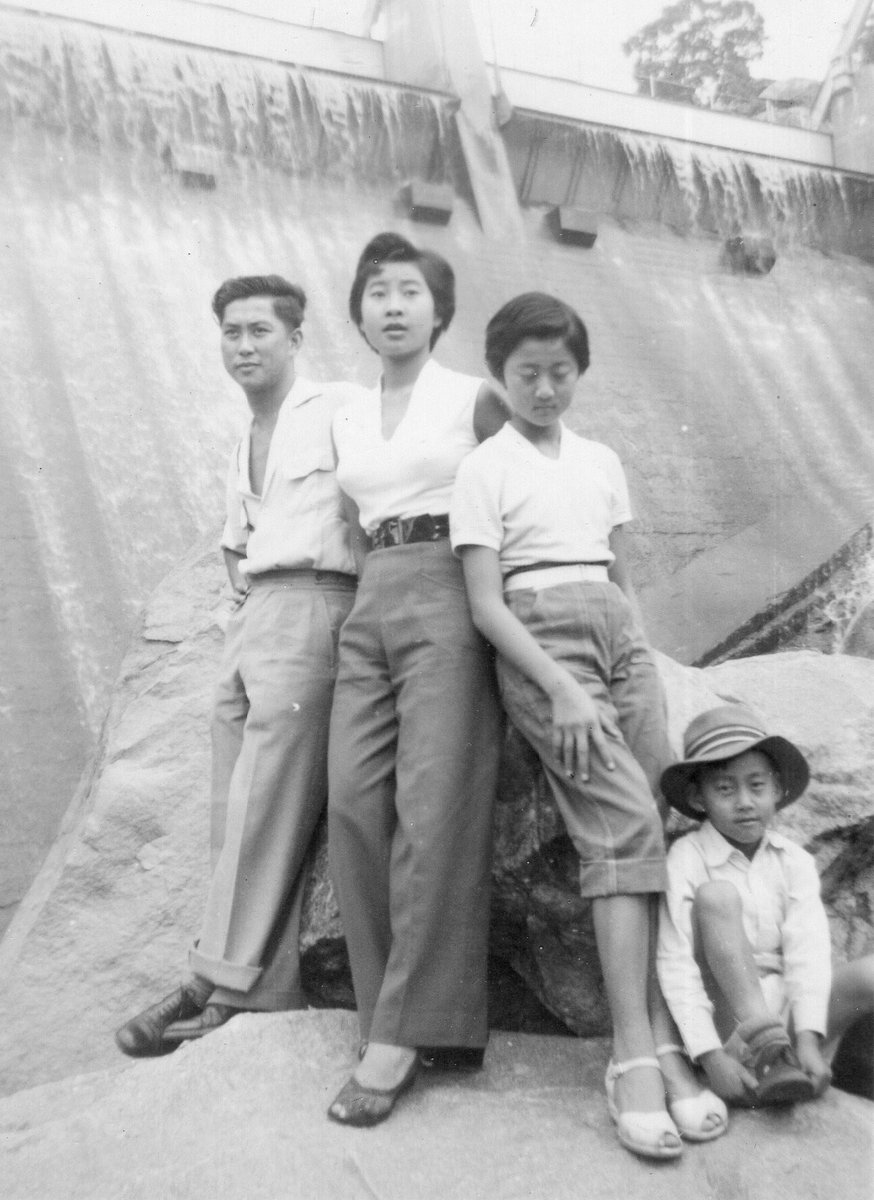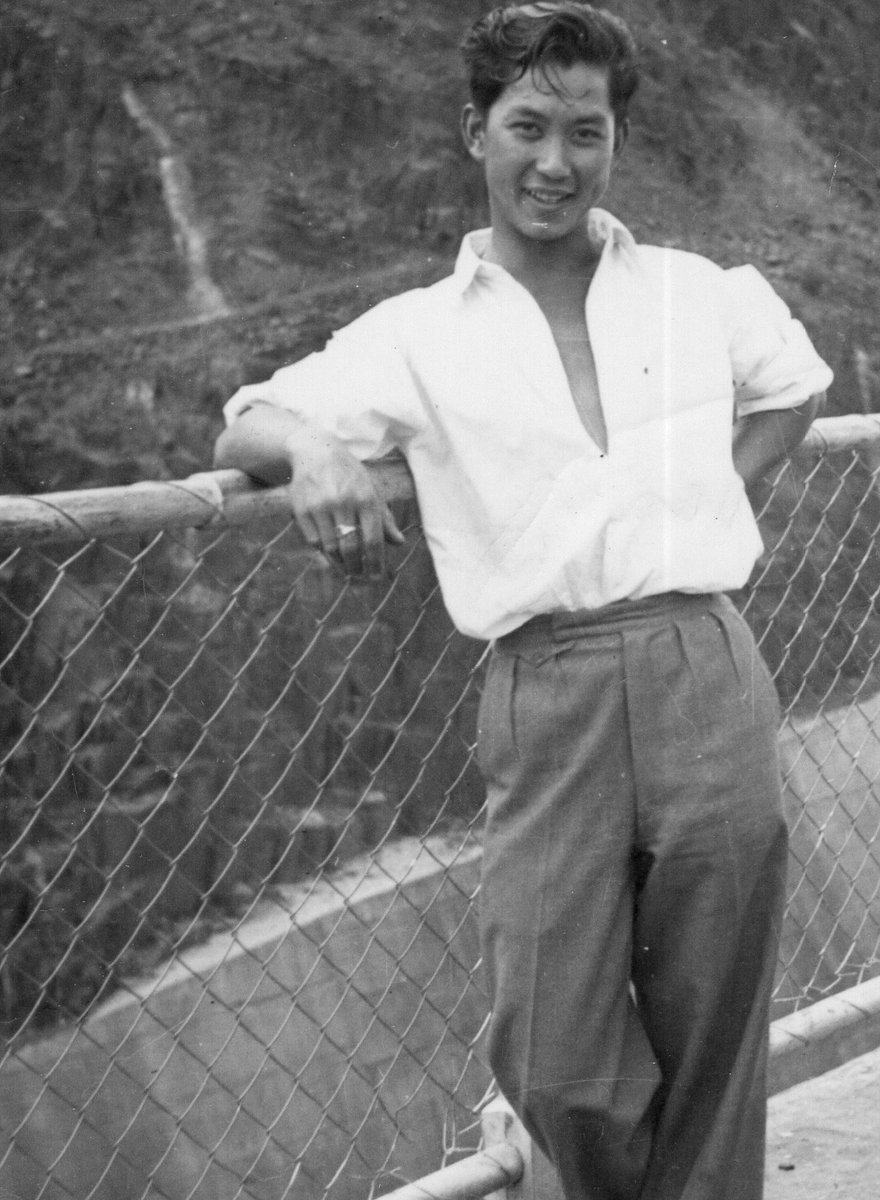Which of these two jackets do you prefer?
There's no "right" or "wrong" answer here, so feel free to go with your gut. I will then give you my views below. 🧵

There's no "right" or "wrong" answer here, so feel free to go with your gut. I will then give you my views below. 🧵


In men's tailoring, the area below the jacket's buttoning point is colloquially known as the "quarters" among menswear enthusiasts. Or the "front edge" by actual tailors. These terms refer to the edge of the coat, connecting to lapels. 

Some suit jackets have very closed quarters, such as you see on the left. In this way, the jacket forms a Y-shaped silhouette.
Other suits have open quarters, such that the front edge sweeps back on the hips, as you see on the right. This forms an X-shaped silhouette.

Other suits have open quarters, such that the front edge sweeps back on the hips, as you see on the right. This forms an X-shaped silhouette.


In Florence, Italy, some tailors cut a very curvy, open quarter. When combined with their signature lapels — which have such a straight edge, they almost appear concave — you get a very beautiful crescent shaped line going from the lapel to the hem. Sort of like half-moons 



Neither closed nor open quarters are "right" or "wrong." They are simply different cuts. A jacket can be cut perfectly for the wearer, but not be to their taste.
But as a matter of taste, I prefer open quarters. IMO, it creates a more dynamic line; closed quarters look frumpy.

But as a matter of taste, I prefer open quarters. IMO, it creates a more dynamic line; closed quarters look frumpy.


When you see an outfit you like, pay attention to the cut, fit, proportions, and silhouette. Notice the shape of the outfit and the direction of the lines. This will help you identify what you like or dislike about an outfit, which will make you a better shopper. 



• • •
Missing some Tweet in this thread? You can try to
force a refresh



























